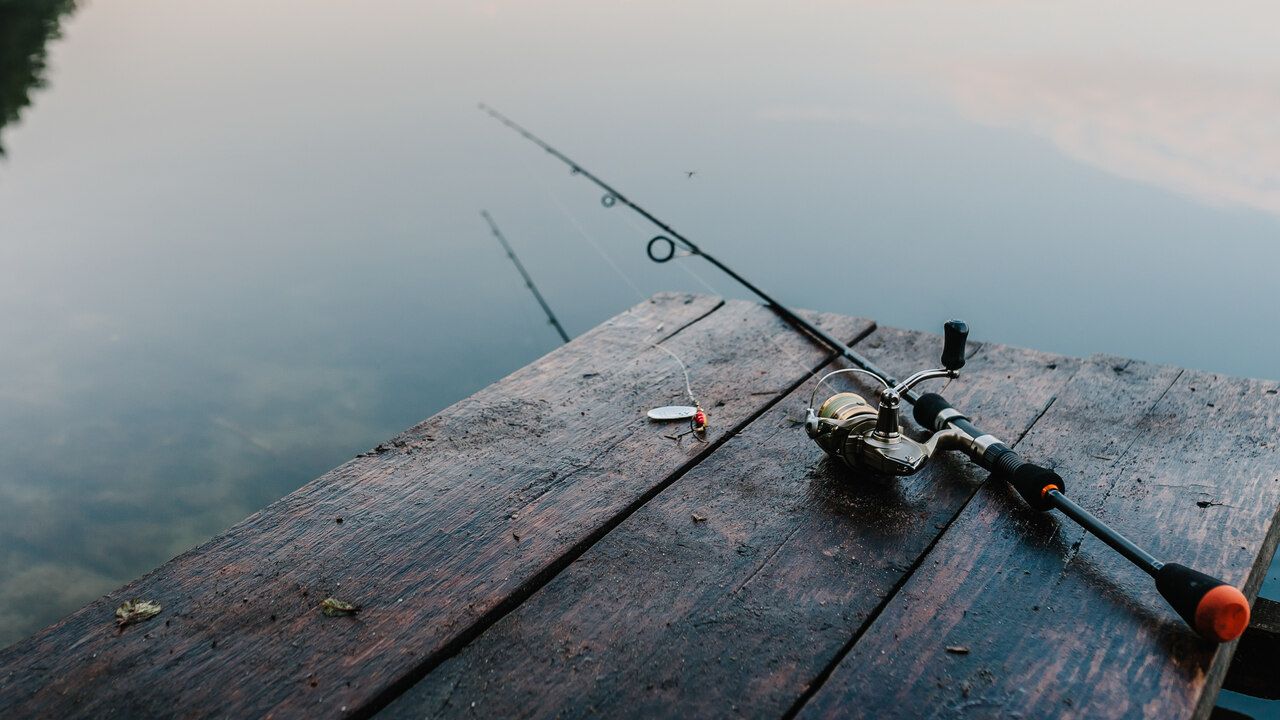Fishing is an adventure that changes dramatically each season, keeping things fresh and exciting all year round. Every season offers something special, from the lively movements of spring fish to the unique challenges of ice fishing in winter. Whether you’re new to fishing or a seasoned angler, knowing what to expect when fishing during the different seasons can help you make the most of your time on the water.
Spring
Spring fishing comes with unique qualities that excite anglers of all levels. Warming waters bring many fish species out of their winter sluggishness, making them more active and easier to catch. Bass, trout, and crappie are especially popular this season as they move into shallower waters to spawn. Focus on using natural-looking lures and bait that mimic the prey they actively hunt, such as worms or minnows.
Spring often brings fluctuating weather patterns, so prepare for sudden changes in water temperature. Fishing early in the morning or late in the afternoon typically yields the best results since fish feed more during these times. Pay attention to water clarity and adjust your tactics if rains stir up the waters, as fish might move to spots where visibility is better.
Summer
Summer fishing requires careful timing, as fish are less likely to stay active during the sweltering midday heat. Early morning and late evening become prime times for casting your line. Warm-water species like catfish, bass, and bluegill thrive during this period, making them ideal targets.
Seek cooler waters when fishing in summer. Deep lakes, shady pockets, and areas with aquatic vegetation often hold fish trying to escape the heat. Lures that mimic insects or smaller fish work well since these are common prey during this season. Lightweight gear can help you adapt to the changes in fish activity, giving you an edge when targeting different species.
Autumn
Fishing in the fall gets interesting due to significant behavioral changes in fish. Shorter days and cooler temperatures signal fish to feed heavily in winter preparation. Species such as walleye, pike, and salmon are particularly active and aggressive during this time of year.
Focus on transitional areas where deeper waters meet the shallows, as fish often move between these zones. Using jigs, crankbaits, or live bait can prove effective since fish are willing to chase down meals more aggressively. Monitor weather patterns closely for temperature drops, which can influence feeding times. Late afternoons during sunny days can be surprisingly fruitful.
Winter
Winter fishing often means one thing for many anglers—ice fishing. This season has unique challenges and incredible rewards for those willing to adapt. Popular species like perch, lake trout, and walleye often come into play during these frigid months.
Safety should remain your top priority when ice fishing. Always check the ice thickness before stepping out, and carry proper safety gear in case of emergencies. Pick the right equipment for the job, such as shorter rods, specialized reels, and insulated clothing. Drill multiple holes to locate schools of fish, and try smaller jigs tipped with bait to encourage bites in colder waters. Staying patient is key, as fish tend to move less in winter.
Fishing provides an opportunity for adventure regardless of the time of year. Each season’s unique conditions, species, and strategies offer something new and worthwhile. Whether you’re gearing up for spring’s active waters or layering up for a winter afternoon on the ice, there’s no better time to start or continue your fishing exploration than now. Start planning your next fishing trip and experience the excitement every season brings!

